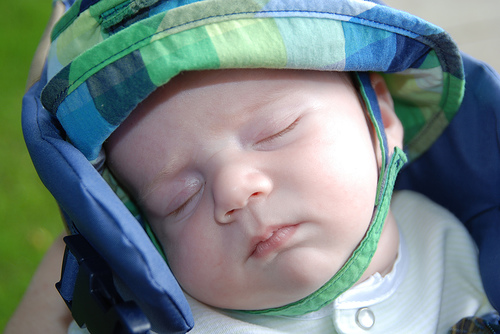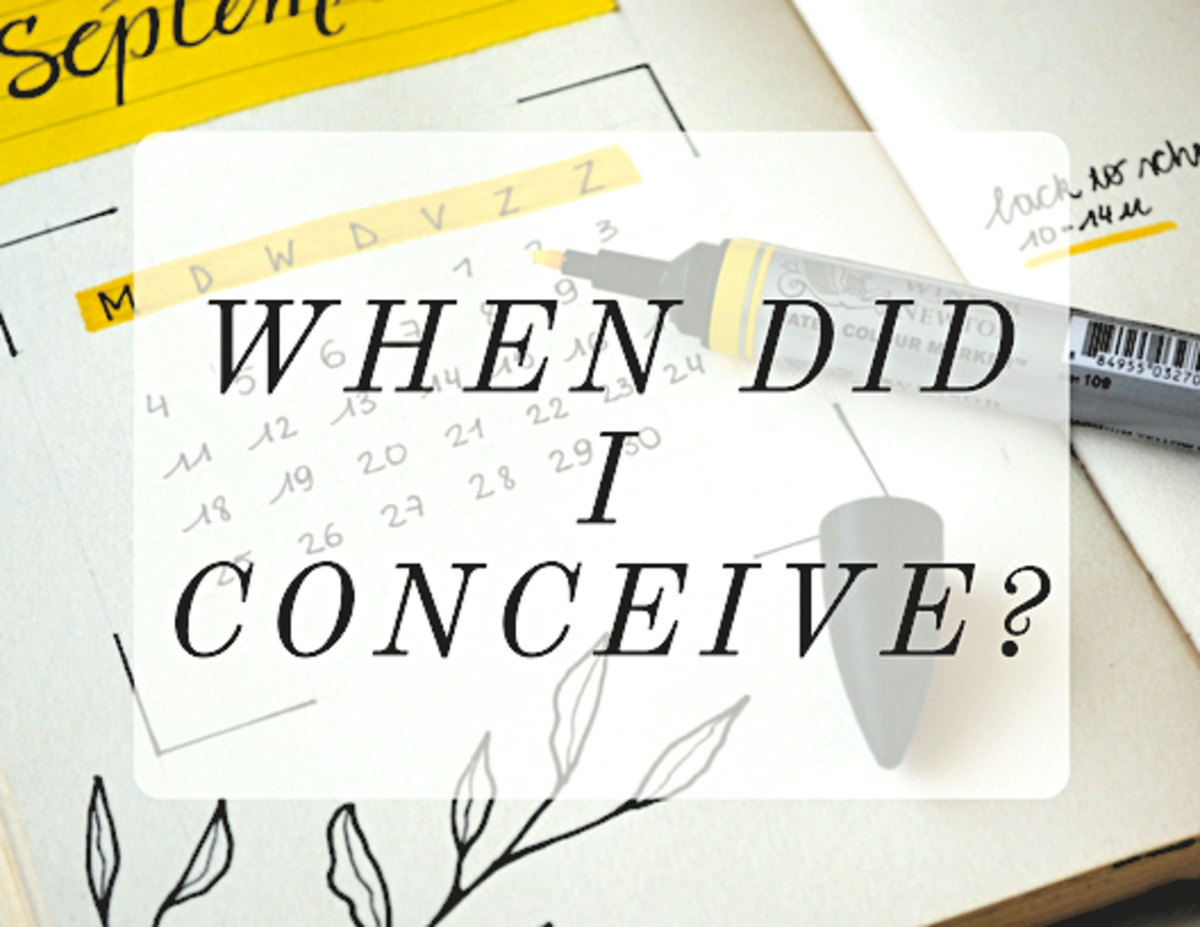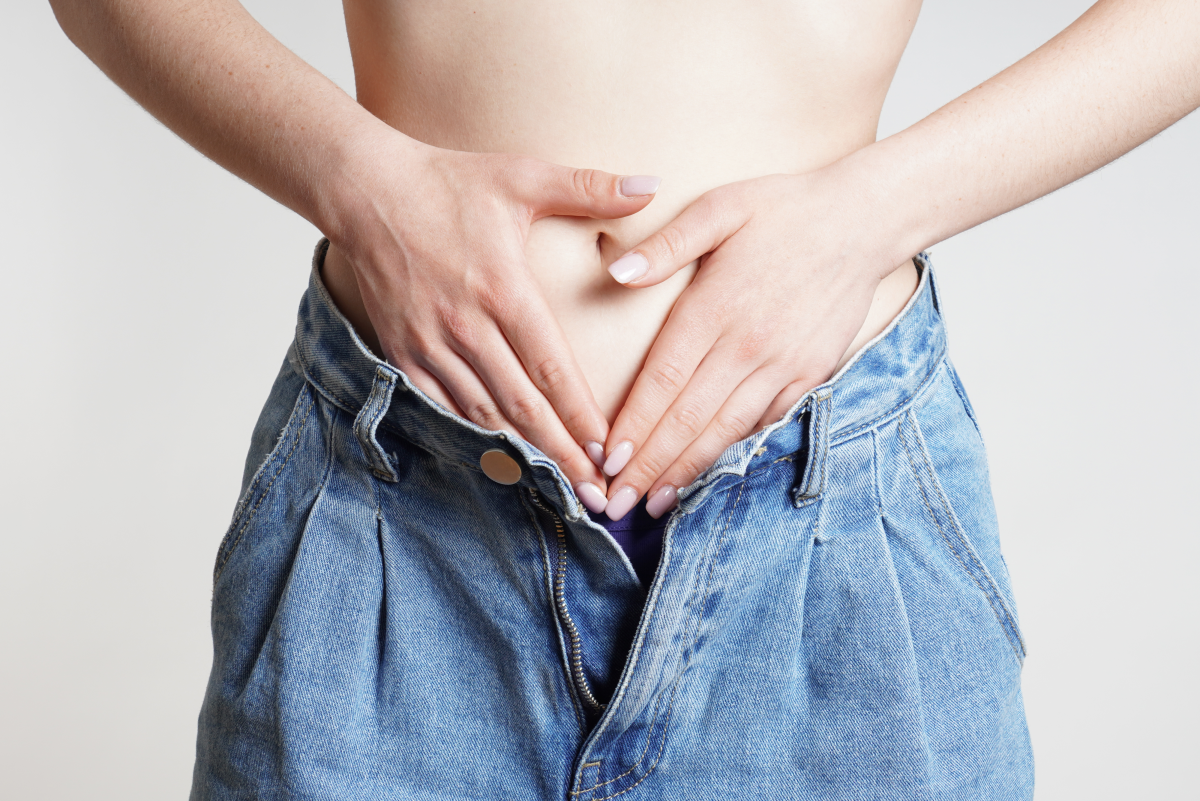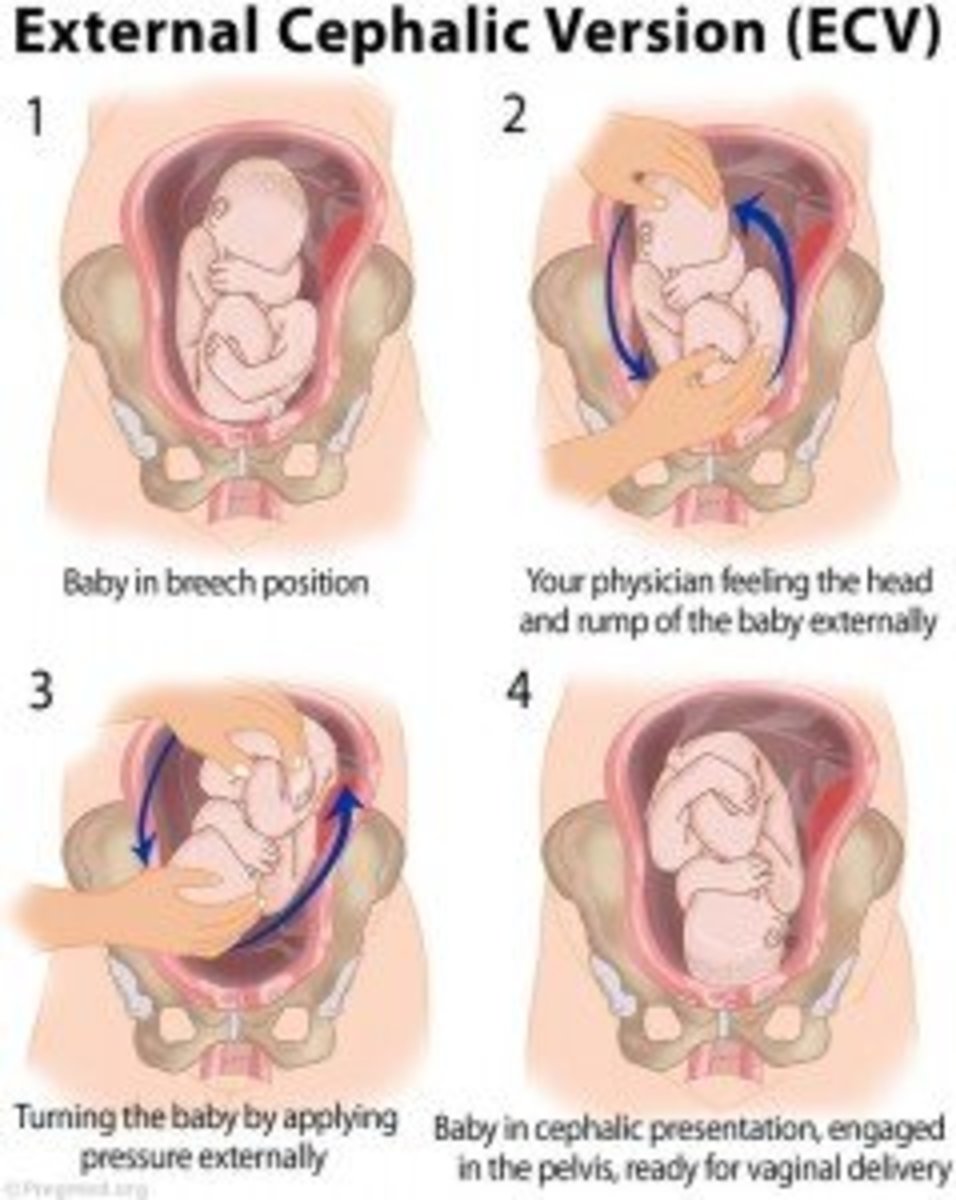A Basic Overview of the IVF Process

The IVF Process
IVF is a form of treatment for male infertility and female infertility. IVF is done in cycles. The entire process takes roughly six to eight weeks. During this time IVF treatment follows a specific IVF protocol. An overview of the IVF cycle will help you understand what happens during each phase of the treatment.
Before you begin, the IVF clinic will provide with instructions. The start of your IVF cycle may be delayed by several factors. These factors include the length of your menstrual cycle and the kinds of procedures you can expect to undergo. An IVF cycle may be cancelled for many reasons. These include the production of too few or too many eggs as well as the development of dangerous side effects from the IVF drugs used.
Before the IVF Cycle Begins
Before you begin the cycle you will start to take birth control pills. The pills help regulate your cycle. Birth control pills are typically taken for four to six weeks. You will be monitored for ovarian activity during this period.
After the birth control prescription has ended a doctor determines if you can start with the IVF cycle. You start by taking medications designed to ramp up your ovarian function. The IVF drugs used during this period are injected once or twice a day into a woman's stomach. During this time many IVF clinics require patients to come into the office to check for levels of rising hormones. This part of the IVF procedure will take roughly a week to ten days.
Egg Harvest
As your cycle progresses, you can expect the follicles to grow inside your uterus. Patients may experience bloating and increased feelings of fullness making it difficult to eat. When your follicles grow to at least 15 inches they are ready to harvest. Harvesting the eggs during the IVF procedure happens after an injection of hCG. This IVF drug is designed to push eggs to ripen in order to become fertilized. The eggs are then harvested under anesthesia.
After the eggs have been harvested, the second part of the IVF process begins. The eggs are fertilized with your partner's genetic contribution. The fertilized eggs are watched for growth. The best eggs are transferred back into a woman's body after three to five days. Some women transfer one egg during this phase of the IVF procedure. Others may transfer up to three depending on egg quality.
Once the eggs are back in a woman's body the waiting period begins. This part of the IVF cycle takes between ten and twelve days. A woman goes in for a pregnancy test between ten and twelve days after the transfer. During these days she will take progresterone as part of the IVF cycle to prepare her uterus for a possible pregnancy.
If the pregnancy test is positive, a woman will be monitored for the next two months to make sure the pregnancy is viable. An IVF clinic wants to make sure the woman is producing the right amount of hormones. She may continue to take fertility drugs to help insure the pregnancy will continue.
IVF Procedure
Commonly Used IVF Drugs
- Commonly Used IVF Drugs
IVF is a form of treatment for infertility. IVF is a procedure that involves the stimulation of a woman's ovaries. Treatment is designed to help her produce more eggs and thus increase her chances of having...
Basic Costs of IVF
- A Guide to the Basic Costs of IVF
IVF stands for invitro fertilization. Invitro fertilization is a process that involves removing eggs from a womans body, fertilizing them and then putting them back in her body. IVF is a medical...









